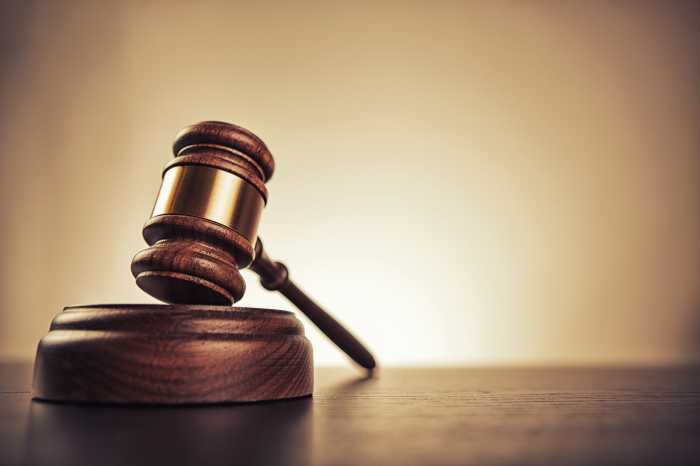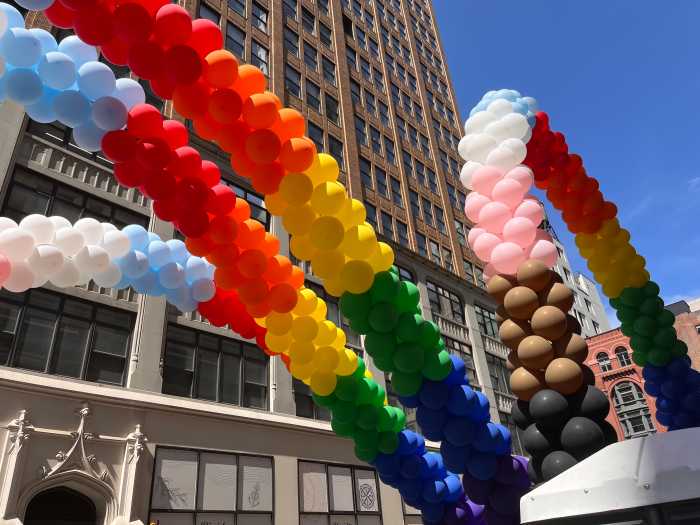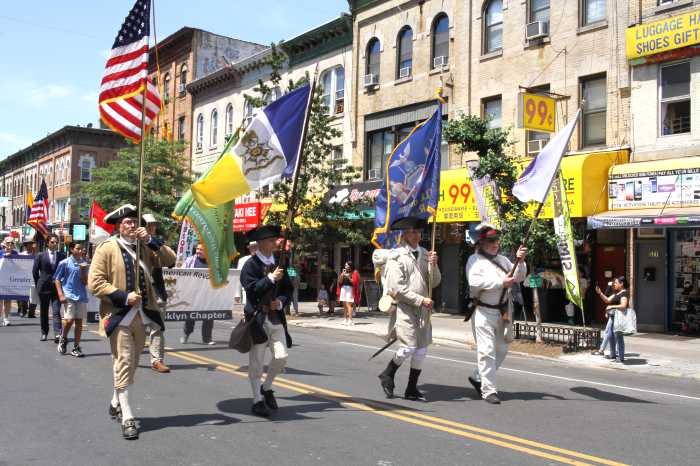Van Bramer Sets Environmental Priorities In Run-up To BP Race
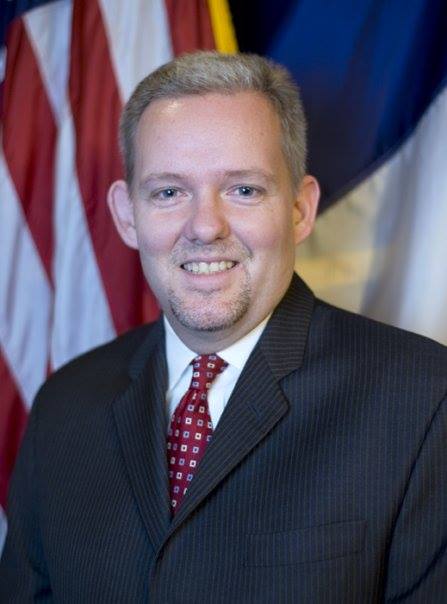
City Council Member Jimmy Van Bramer (Astoria, Long Island City, Sunnyside, Woodside) in his runup for the upcoming borough president’s race, for which he is a candidate, yesterday released his environmental priorities should he succeed in the race.
“I’m proud of my 100 percent rating from the New York League of Conservation Voters, and as Queens Borough President I’ll continue my commitment to protecting our environment,” he said in an email to constituents.
“Make no mistake – we are in a climate crisis. The past five years have been the hottest five years in recorded history, and our planet is burning up before us. And as we all learned from Superstorm Sandy, Queens is literally on the front lines of rising seas and more intense weather.
“With the Trump Administration rolling back environmental and emissions laws, it is more critical than ever that cities like New York lead the way towards a Green New Deal,” he added.
As Queens Borough President, Van Bramer listed the following priorities he would have:
- We need to have environmental and transportation chairs at each of our community boards to push for change, in ways that prioritize each community’s own needs.
- Scrutinize each and every real estate land use application to ensure we are meeting multiple goals, including protecting the environment and bringing more affordable housing to Queens.
- We need all hands on deck and new programs that bring energy efficiency to homes across Queens, creating new green jobs and helping residents save on their electric bills.
- We need a robust, fully-funded bus and subway system – ending Queens’ transit deserts; we need better transportation alternatives like biking; and we need to expand the electric vehicle charging infrastructure far beyond the few spots we’ve been able to get so far.
- Fully transform the Director of the Queens Topographical Bureau position into a positive, future-oriented driver of policy and good planning – that spans the gamut from zoning, to transportation, to parks, to infrastructure and even to beautification.
- Make Queens Borough Hall one of the first city-owned buildings to go carbon-neutral.
Constantinides, Adams To Hold Hearing on South Ozone Park Home Flooding
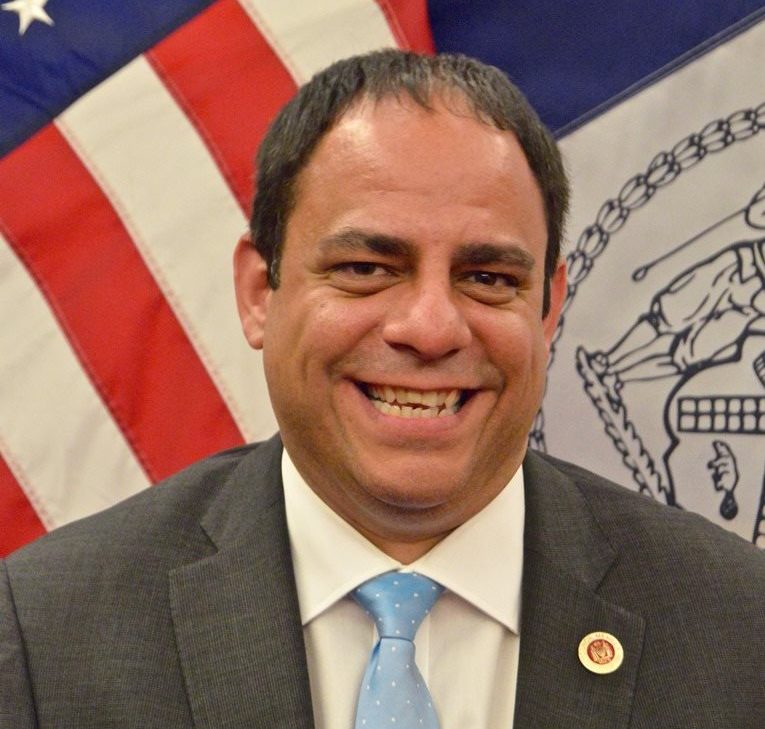
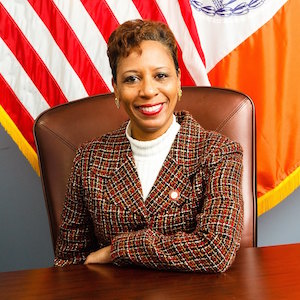
City Council Members Costa Constantinides (D-Astoria, parts of Woodside, East Elmhurst, Jackson Heights) and Adrienne Adams (D-Jamaica, Richmond Hill, Rochdale Village, South Ozone Park) next week will participate in the council’s Committee on Environmental Protection’s oversight hearing on the causes and response to a chaotic Thanksgiving weekend flood in South Ozone Park.
The hearing will seek to get clarity as to why roughly 80 homes were flooded with sewage in the early hours of Nov. 30, impacting hundreds of South Ozone Park residents.
“Instead of enjoying a quiet holiday weekend, hundreds of Queens residents dealt with an unhealthy flood that destroyed their belongings and damaged their homes,” said Constantinides, Chair of the Committee on Environmental Protection. “We deserve answers as to what caused this mess as well as why the City initially responded in an unclear manner that seemed to blame the community. I stand with my colleague, Adrienne Adams, in getting to the bottom of this.”
“It is outrageous that so many South Ozone Park residents were displaced and suffered property damage when their homes were flooded by sewage just after the holiday,” said Adrienne Adams. “Apologies will not make these residents whole. It is imperative that we get answers from the Department of Environmental Protection for the residents of Southeast Queens that are still struggling.”
The flooding forced many residents to sleep in their cars, while others rushed to pump potentially toxic water at their homes. Many were also concerned about the City’s response as to what caused a blockage in the sewer main, which officials said serves roughly 300 homes. Residents were rightly upset by allegations that pouring grease down-home drains en masse caused a sudden backup, something city officials later backtracked.
The hearing is slated for 10 a.m., Dec. 11 in the City Council Chambers at City Hall in Lower Manhattan.
Cuomo Announces Completion Of Joint Counter Terrorism Exercises

Governor Andrew M. Cuomo yesterday announced the Division of Homeland Security and Emergency Services’ (DHSES) Office of Counter-Terrorism conducted more than 1,000 counter-terrorism exercises throughout the state for the second consecutive year.
During these exercises, state and local counterterrorism experts work in tandem to assess the ability of businesses to recognize and report suspicious activity. Cuomo mandated the exercises be completed in his 2016 State of the State address, and DHSES has delivered with more than 3,500 exercises completed to date. DHSES also partnered with law enforcement to complete 57 counter-terrorism and incident response exercises at rail stations as part of “Operation NY-SECURE.”
“Preparation and readiness are key to any successful emergency response, and these exercises play a critical role in strengthening law enforcement’s counter-terrorism preparedness,” said Cuomo. “These counter-terrorism operations serve as a reminder to businesses and the general public to stay alert and report suspicious activity when they see it.”
During each exercise, counter-terrorism experts from state and local agencies go undercover as customers and assess the ability of businesses to recognize and report suspicious activity. Teams assessed 175 hardware and agricultural stores, 112 truck rental locations, 93 drone retailers, 92 big-box retailers, 79 self-storage facilities, 78 private shipping facilities, 74 hotels, and 24 gun and sporting goods stores, among others.
Additionally, teams assessed over 200 infrastructure locations that have the potential to be exploited or targeted during an attack. This includes locations such as stadiums and arenas, malls and shopping centers, hospitals, colleges and universities, airports, transit hubs and other mass-gathering locations.




